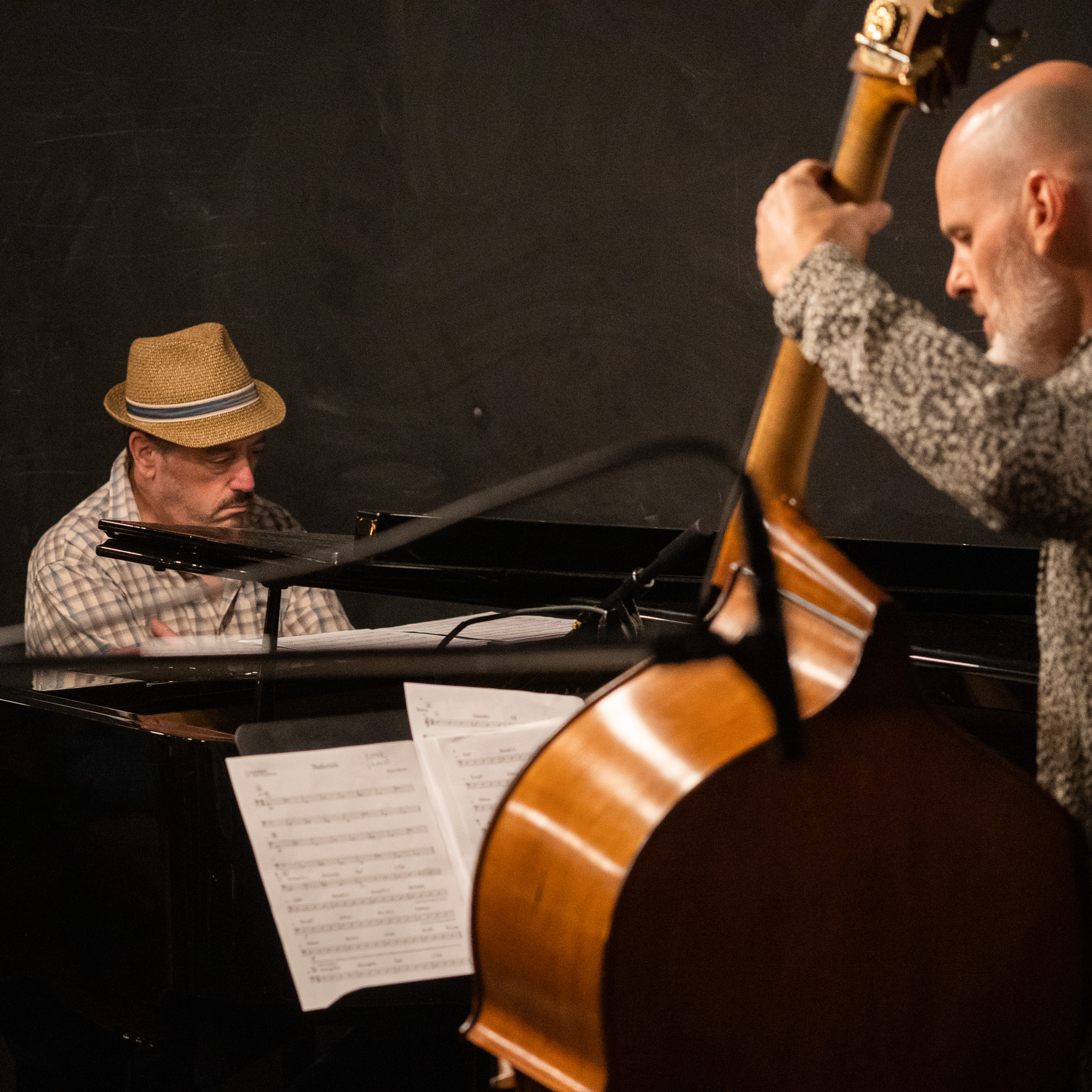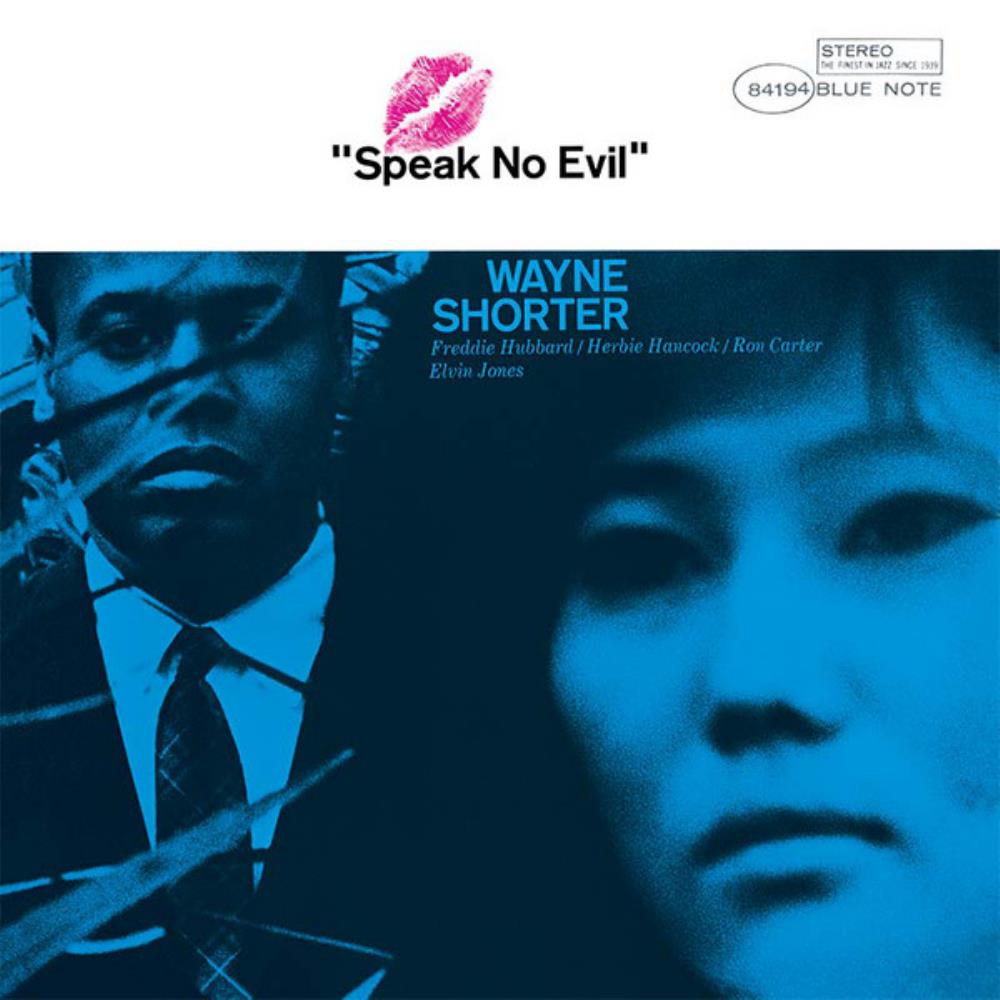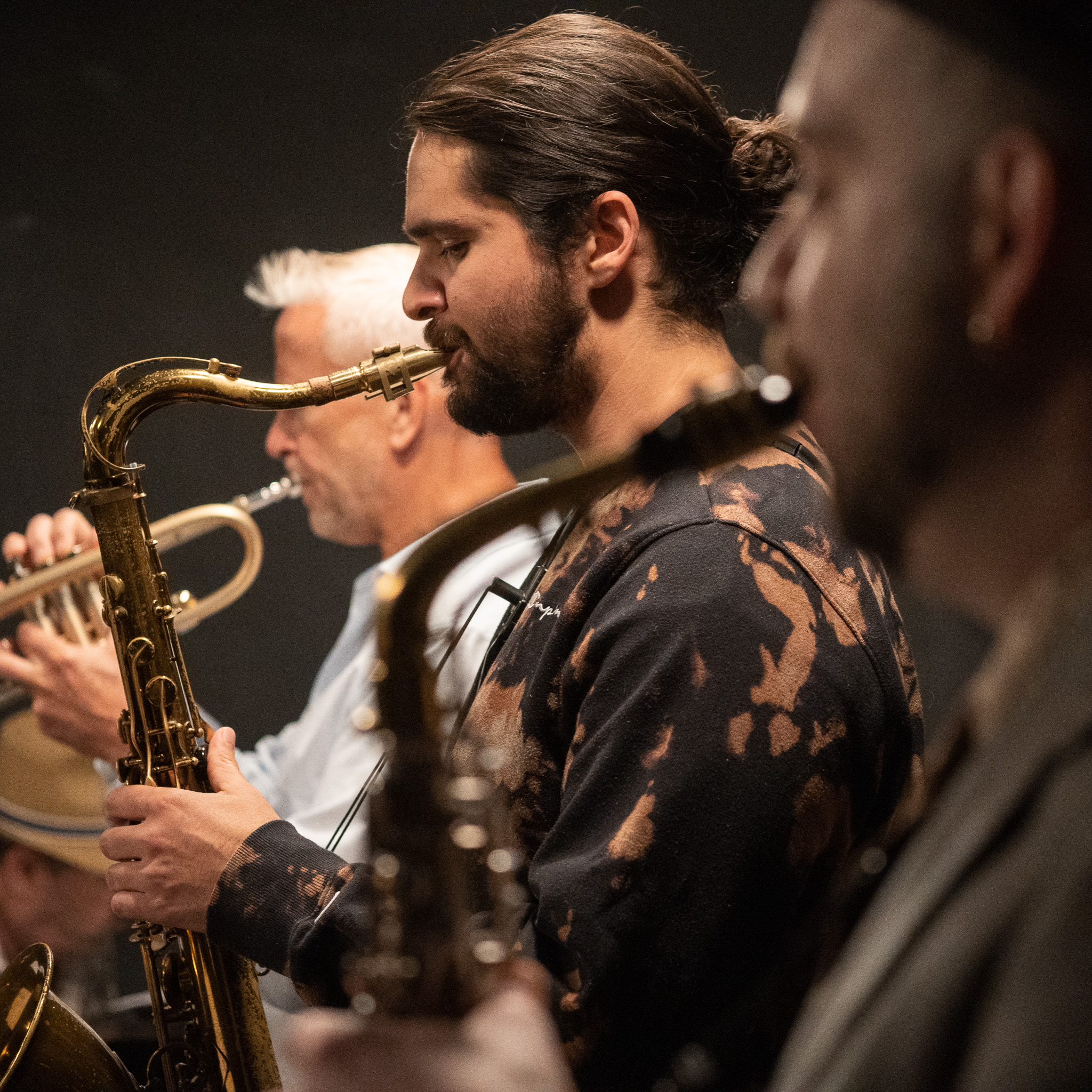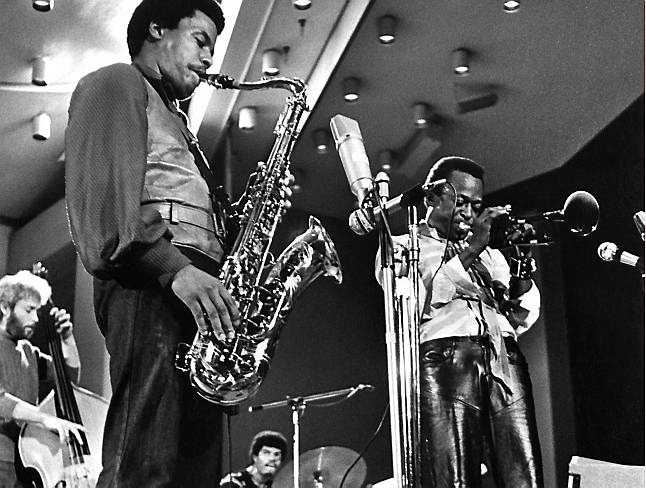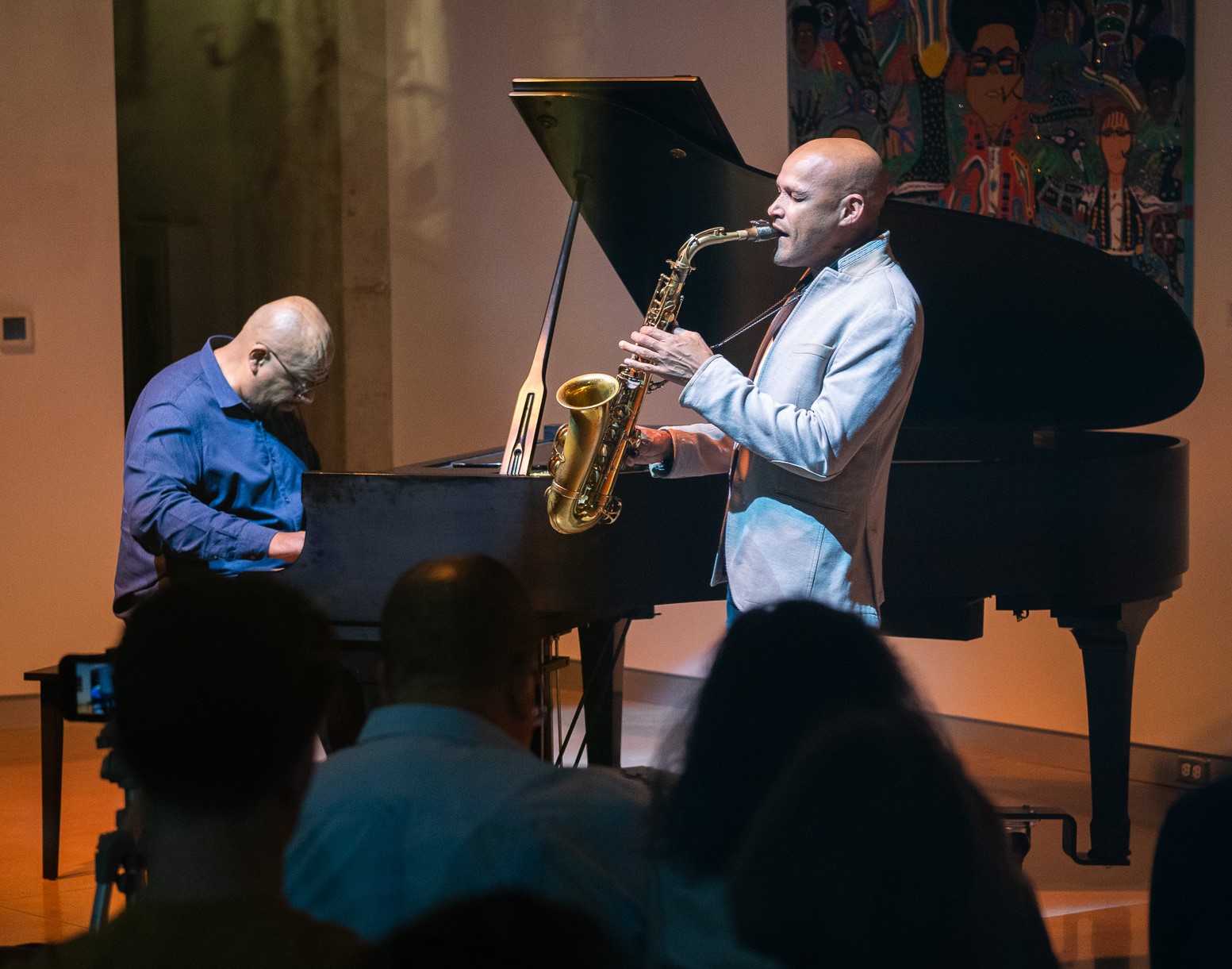
Pianist Luis Perdomo and saxophonist Miguel Zenon shared an intimate experience of the deepest feelings and highest art. All photos by Jim Kreul courtesy Arts + Lit Lab
MADISON JAZZ FESTIVAL Review, Vol. 2
Miguel Zenon and Luis Perdomo
Arts + Literature Lab, June 13
As a critic, it is far from my wont to walk away from a concert with the utterance that tripped forth from my lips after a duet performance last week by alto saxophonist Miguel Zenon and pianist Louis Perdomo. But I said it, “I think I just died and went to heaven,” the hoary cliché clunking about shamelessly.
And therein lies the rub, I’ve concluded. You see, I really was experiencing something deliriously pleasurable during this concert. No question, Miguel Zenon, a Guggenheim and MacArthur Fellow, is a monumental artist. He has emerged in recent years exploring with ardent, rigorous intelligence and reflection the cultural and historical legacy of his native Puerto Rico and Latin America in music and song. His 2014 album Identities are Changeable won numerous awards including this writer’s best jazz album of the year, for its exploration of the permeable ways that Puerto Rican and other Latinx New Yorkers see themselves. As I commented in my Culture Currents, it explores the “increasingly bifurcated nature of racial and national identity in America, typified no more strikingly than in our Puerto Rican culture.” Zenon interviewed and recorded numerous people in New York City and Puerto Rico and their testimony about fluidity and duality of identity rings fresh and true. “I think more people are realizing that you can be more than one cultural self at the same time,” comments Juan Flores.
And last year’s Zenon’s Musicas de las Americas probed with fascinating depth the innermost byways of Pan-American culture, especially focusing on the consequences of colonization.
By contrast, the album performed at this month’s Madison Jazz Festival, El Arte Del Bolero, seems less ambitious but in the experience proved no less consequential, at least emotionally, psychologically, and perhaps spiritually. It’s an album of duets by arguably Zenon’s closest collaborator, pianist Louis Perdomo, and comprises songs traversing their lifetimes, “songs from the times of our parents and grandparents… As essential to our development as the music of Charlie Parker, John Coltrane, or Thelonious Monk, but perhaps even more familiar,” Zenon explains in the liner. “When we play these songs, we can hear the lyrics in the backs of our minds – something that provides a very deep connection, one that is hard to replicate in any other situation. It is beyond familiar. These songs are part of us.”
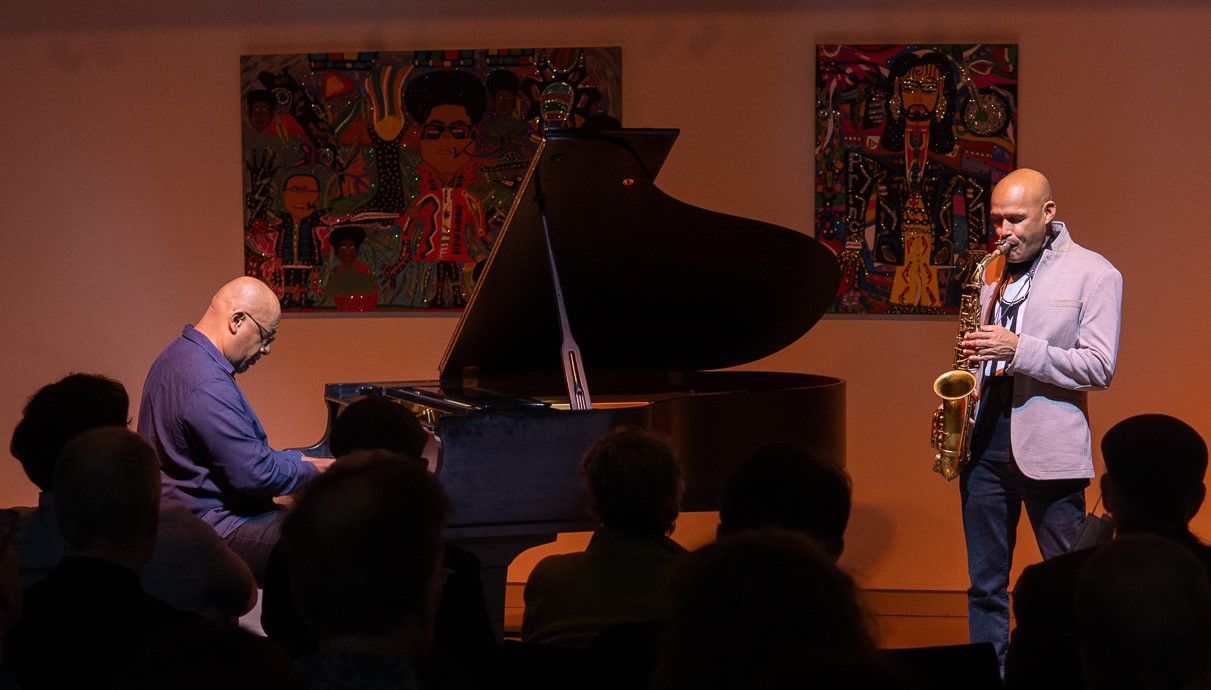
The Arts + Literature Lab in Madison, where Zenon and Perdomo performed, is a multi-purpose art gallery/arts and literature workshop/concert space.
The effect, in a jazz sense, manifested the ease of musical quotation as natural as breathing for them, and best exemplified historically by tenor saxophonist Dexter Gordon.
So, if the songs seem simple compared to modern jazz that’s only a superficial quality. The musicians brought a lifetime of listening and music-loving to these, as elemental as their birthrights. The sheer beauty and ardent passion they infused them with captivated us. Many of these songs compared to the finest Tin Pan Alley melodies and one recalled “The Shadow of your Smile.”
Lyricism rarely gets much finer. That and the lack of drums lent an intimacy comparable to a hand laid in your own, or arms embracing, even a kiss. Yet for all the tenderness, the musicians filled their sweet cups with the protein of creative jazz. The mind was lit as much as the heart in song after song, which were mostly big hits in Latin America in their day.
Also, a dialectical power hovered that is almost excruciating, as exemplified by “La Vida Es Un Sueno,” written by Arsenio Rodriguez.
The title translates as “Life is a dream,” but that phrase is deceptive, snuggling up to bucolic notions. In a press release, Zenon explains that the closing lyrics of the song convey his sentiment as well as anything:
La realidad es nacer y morir
por qué llenarnos de tanta ansiedad
todo no es más que un eterno sufrir
y el mundo está hecho de infelicidad.
por qué llenarnos de tanta ansiedad
todo no es más que un eterno sufrir
y el mundo está hecho de infelicidad.
That translates into English as:
The reality is to be born and die
because filling us with so much anxiety.
everything is nothing more than an eternal suffering
and the world is made of unhappiness.
That, and the rest of the lyric, may be too bitter a cup to swallow for many comfortable gringos. But slavery, racism and colonialism have normalized that reality for countless Latinos, as well as African-Americans. And here Zenon’s horn let loose with utterly anguished moans, remembrance of deep-scared experience.
So, Zenon and Perdomo hardly diminish the pang of Rodriguez’s sentiments, but their playing proved as artful an anodyne as one could hope for, a salve to the suffering soul and, Lord knows, we all suffer, thus the universality of the music, even as it enlightened us.
Zenon possesses an alto sax tone all his own, though one can imagine a blend of tenor saxophonist Stan Getz and alto saxophonist Paul Desmond, the latter lending a dryness to the former’s “sweet rain.” His inventiveness seems as inexorable as a waterfall.

And pianist Perdomo is as harmonically blessed as any pianist while capable of rhapsodic and sensual skimmings of the skin, with his classical training.
As for me, I had recently recovered from Covid positivity yet was still struggling with the lingering Covid fog, which affects one’s mood, lucidity, energy, and psyche. Yet memory of the music remains vivid. Indeed, El Arte del Bolero was conceived and first performed during the pandemic and that experience, along with those embedded in the composers’ songs, fueled the profound melancholy permeating these exquisite, sometimes soul-wracking utterances. So I wrestled with the strength of these emotions as I bathed in them, awash in the complexity of their poignant and plangent textures. I thank higher powers for the music’s all-too-human qualities, even as it buzzed my brain in the stimulating setting of The Arts + Literature Laboratory’s art gallery/concert space.
El Arte Del Bolero will stay with me like a tattoo on my soul, and I’ve never been happier to be so “defaced.” Indeed, I’m facing the sun with no fear of burning, even if the pain can be all too real.
_____________
- Arsenio Rodriguez, “La Vida Es Un Sueño,” https://www.cancioneros.com/lyrics/song/29825/la-vida-es-un-sueno-arsenio-rodriguez



